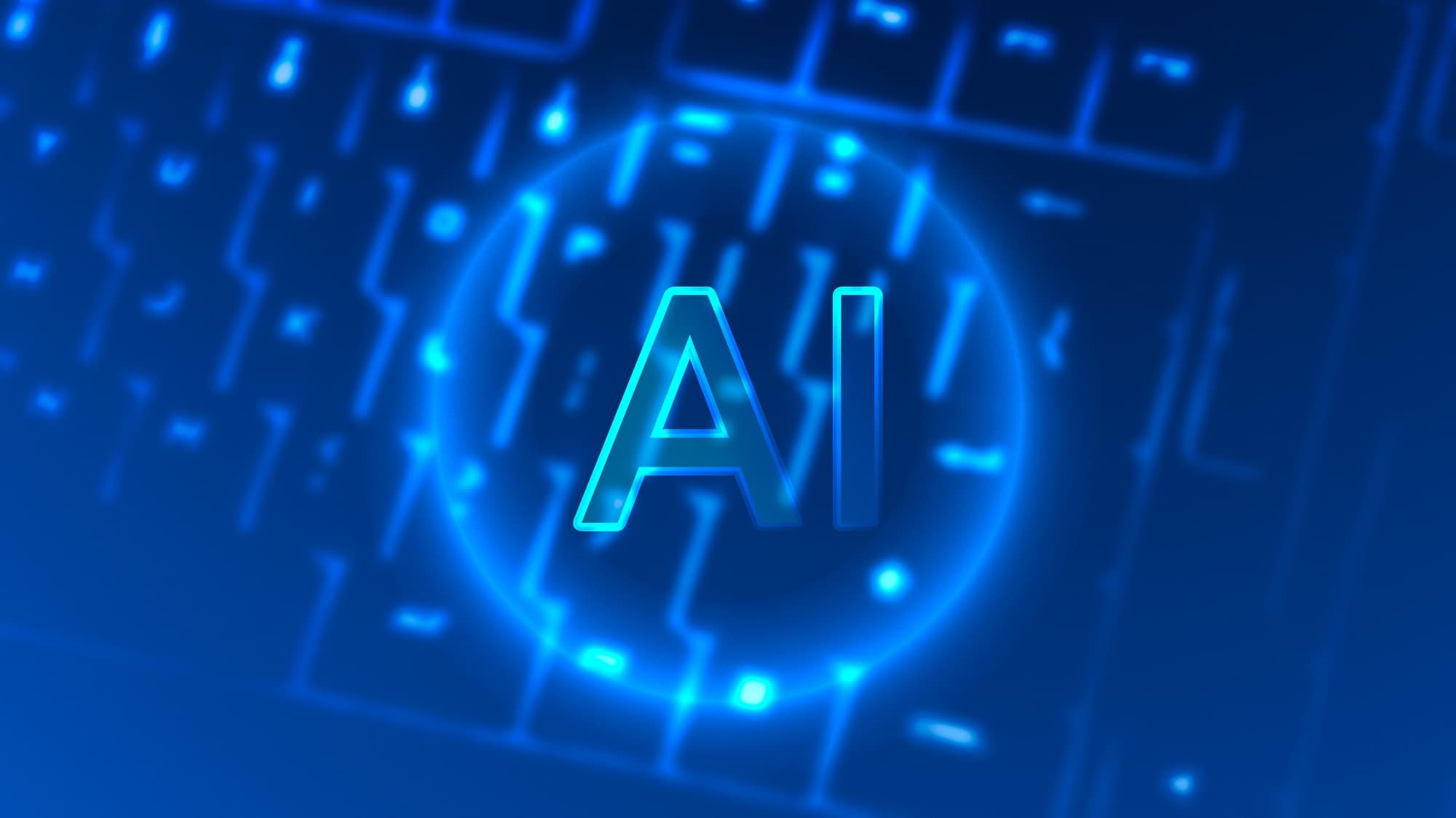Understanding AI Writing Patterns: How Detectors Spot Machine Text

The rise of artificial intelligence in content creation has sparked an ongoing battle between AI writing tools and detection systems. As these technologies become more sophisticated, understanding how AI detectors identify machine-generated text has become increasingly important for writers, educators and content creators alike. This knowledge helps us appreciate the nuances that separate human creativity from algorithmic output.
The Foundation of AI Detection Technology
AI detection systems operate on complex algorithms that analyze text for specific patterns and characteristics. These systems have been trained on massive datasets containing both human-written and machine-generated content, allowing them to recognize subtle differences between the two. The detection process involves multiple layers of analysis, examining everything from sentence structure to word choice patterns.
Modern detection tools utilize machine learning models that continuously evolve as AI writing systems improve. This creates a dynamic landscape where both generators and detectors are constantly adapting to new techniques and patterns. The sophistication of these systems has reached a point where they can identify AI-generated content with reasonable accuracy, though they are not infallible.
Key Indicators That Reveal Machine-Generated Content
Several distinct characteristics often betray the presence of AI-generated text. Understanding these markers provides insight into how detection systems operate and what they search for when analyzing content.
Consistency and Predictability
One of the most telling signs of AI-generated content is its remarkable consistency. Machine learning models tend to maintain uniform tone, style and complexity throughout an entire piece. Human writers naturally vary their approach, sometimes starting strong and trailing off, or beginning tentatively before finding their rhythm. AI systems typically lack this organic variation, producing text that feels almost too polished and consistent from beginning to end.
The predictability extends to sentence structure as well. AI often follows recognizable patterns in how it constructs sentences, alternating between similar lengths and structures in ways that create an unconscious rhythm. While this might seem pleasing at first glance, it lacks the spontaneity and occasional awkwardness that characterizes genuine human writing.
Word Choice and Vocabulary Patterns
AI systems exhibit distinctive preferences in their vocabulary selection. Certain words and phrases appear with unusual frequency in machine-generated text, often because they represent safe, neutral choices that work in multiple contexts. Detection systems catalog these preferences and flag content that relies too heavily on these characteristic word choices.
Additionally, AI tends to avoid contractions and informal language unless specifically prompted to include them. The writing often feels slightly formal or academic, even when discussing casual topics. This tendency toward formality stems from the training data and the model's attempt to produce clear, unambiguous text.
Structural Patterns and Organization
The way AI organizes information follows identifiable patterns that differ from human organizational strategies. Machine-generated content often displays perfect logical progression, with each paragraph flowing seamlessly into the next without the tangents or creative detours that human writers might take.
Key structural indicators include:
- • Overly balanced paragraph lengths that maintain similar word counts throughout the piece
- • Symmetrical organization where each main point receives equal treatment regardless of its actual importance
- • Transitions that rely on predictable linking phrases rather than creative connections
- • Introduction and conclusion sections that mirror each other too closely in structure and content
- • Lists and bullet points that maintain identical grammatical structures across all items
The Perplexity and Burstiness Factors
Two technical concepts play crucial roles in AI detection: perplexity and burstiness. Perplexity measures how predictable text is, with lower perplexity indicating more predictable content. AI-generated text typically scores lower on perplexity measures because it tends to choose expected words and phrases rather than surprising ones.
Burstiness refers to the variation in sentence length and complexity throughout a piece. Human writers naturally create burstiness, alternating between short, punchy sentences and longer, more complex constructions. AI systems often produce more uniform sentence structures, resulting in lower burstiness scores that detection systems can identify.
Contextual Understanding and Factual Accuracy
While AI systems excel at generating grammatically correct and coherent text, they sometimes struggle with deeper contextual understanding. Detection systems look for subtle inconsistencies in how information is presented, including vague statements that sound authoritative without providing specific details.
AI-generated content may also contain factual errors or outdated information, depending on when the model was last trained. These inaccuracies, combined with the confident tone typical of AI writing, create a distinctive pattern that detection systems can recognize.
The Evolution of Detection Methods
As AI writing tools become more sophisticated, detection methods must evolve accordingly. Modern detectors employ ensemble approaches, combining multiple analytical techniques to improve accuracy. These systems analyze linguistic features, statistical patterns and even the metadata associated with document creation.
The challenge for detection systems lies in avoiding false positives while maintaining high accuracy. Human writing can sometimes exhibit AI-like characteristics, particularly in technical or academic contexts where formality and precision are valued. This overlap creates gray areas where definitive classification becomes difficult.
Implications for Content Creators
Understanding these detection mechanisms helps content creators navigate the evolving landscape of AI-assisted writing. Whether using AI tools ethically or striving to maintain authentically human content, awareness of these patterns enables more informed decisions about content creation strategies.
The future will likely see continued advancement in both generation and detection technologies, making this an ongoing area of development. As these systems mature, the distinction between human and machine writing may become increasingly nuanced, requiring ever more sophisticated analytical approaches to maintain accurate detection capabilities.